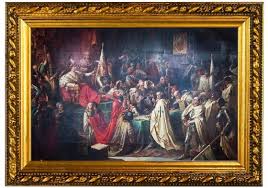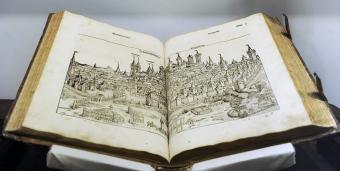
Diving Into The Custom:
The people, language, and traditions are what make the German culture unique. It has had a key role in the history of Europe. English speakers call it Germany ,and Germans themselves call Deutschland. Germany is known as the country of poets and thinkers.

Symbolism
The German symbols have changed through different phases in history alongside the events that have shaped its culture and traditions. The eagle was part of the Holy Roman Empire, which after Prussia’s victory over Austria in 1886 has been shared by two different states. Martin Luther and luminaries such as Immanuel Kant, Johann Gottfried von Herder, and Johann Wolfgang Goethe are also important figures and very contentious symbols. Today the most known symbol of the country is its black, red, and gold flag.

German Philosopher’s And Their Attractive Literacy:
The German symbols have changed through different phases in history alongside the events that have shaped its culture and traditions. The eagle was part of the Holy Roman Empire, which after Prussia’s victory over Austria in 1886 has been shared by two different states. Martin Luther and luminaries such as Immanuel Kant, Johann Gottfried von Herder, and Johann Wolfgang Goethe are also important figures and very contentious symbols. Today the most known symbol of the country is its black, red, and gold flag.

Literature Of The Germans
Some of the most famous philosophers were born and lived in Germany, like Immanuel Kant, who played a central role in the history of philosophy, and h was inspired by German philosopher philosophers Schopenhauer and Nietzsche who spent their whole lives in Germany. On the other hand, the developers of the communist theory Marx and Engels were also Germans.

The German Romanticism
Romanticism crucially also maintains that art cannot be learned; it emerges from divine inspiration. The artist’s role is the mediator between the creative and the divine. Nature was considered to be the visible spirit, the evidence of the divine in the absence of an image of God himself. The romantic landscape artist was charged with the responsibility of contemplating nature and its spirit and then replicating it in art.


